Description
- Hign-concerned Chemical: None
- RGB: No
- Cooling Fin: No
- Interface Type: 288pin
- Memory Frequency: 5600MHz
- Package: No
- Frequency: 4800MHz
- Type: DDR 5
- Application: Laptop
- Brand Name: crucial
- Origin: TW(Origin)
Style:DDR5 SODIMM

-
DDR5 architecture includes efficiency improvements that deliver 36% more system bandwidth than DDR4, even at the same theoretical speeds of 3200MHz, per an internal simulation of dual ranked x8 modules in client platforms. Combined with lower voltage per module, this design provides superior (better) performance.
-
Under memory-intensive workloads, DDR5 delivers 1.87x the bandwidth as a result of double burst length (16 instead of 8), double the banks (32 instead of 16) and bank groups (8 instead of 4), and significantly higher speed than DDR4. It is enabled to support scaling memory performance with improved channel efficiency, even at higher speeds, not just during testing, but under real-world condition, as established by JEDEC, an independent standardization body that develops open standards for the microelectronics industry.
-
Laptop must be DDR5 enabled. Crucial DDR5 Laptop Memory is not compatible with DDR4 laptops.
-
DDR5 launch speeds of 4800MHz are comparable to extreme-performance DDR4 memory speeds and are 1.5x (50%) faster than maximum standard DDR4 speeds of 3200MHz. DDR5 launch speeds of 4800MHz deliver 1.87x the bandwidth of the maximum standard DDR4 speeds of 3200MHz.
-
DDR5 launch data rate of 4800MHz transfers 1.5x (50%) more data than the maximum standard DDR4 data rate of 3200MHz. JEDEC projected speeds of 8400MHz are 2.6x faster than DDR4’s maximum standard data rate of 3200MHz.
-
DDR5 launch speeds of 4800MHz delivers 1.87x the bandwidth of the maximum standard DDR4 speeds of 3200MHz. Despite, true latency for DDR5-4800 being longer than DDR4-3200, because of the improved channel efficiency, DDR5 still outperforms DDR4 in effective bandwidth.
-
DDR5 modules (DIMMs) introduce voltage regulation on the module through a power management integrated circuit (PMIC), which enables cleaner power regulation and reduces the scope of DRAM power delivery network (PDN) management on the motherboard for increased efficiency.
Product Photo:


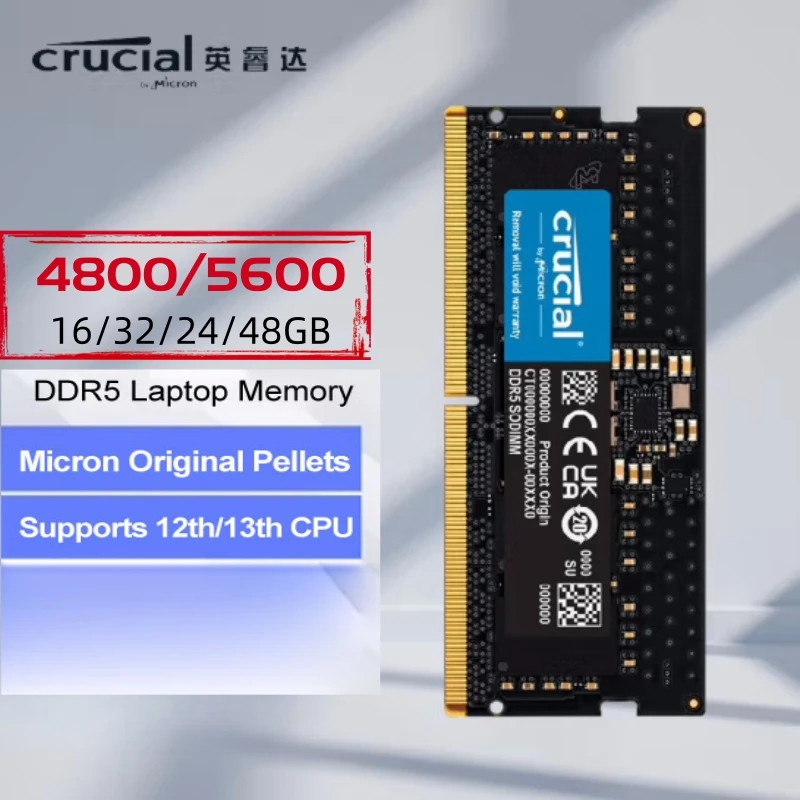
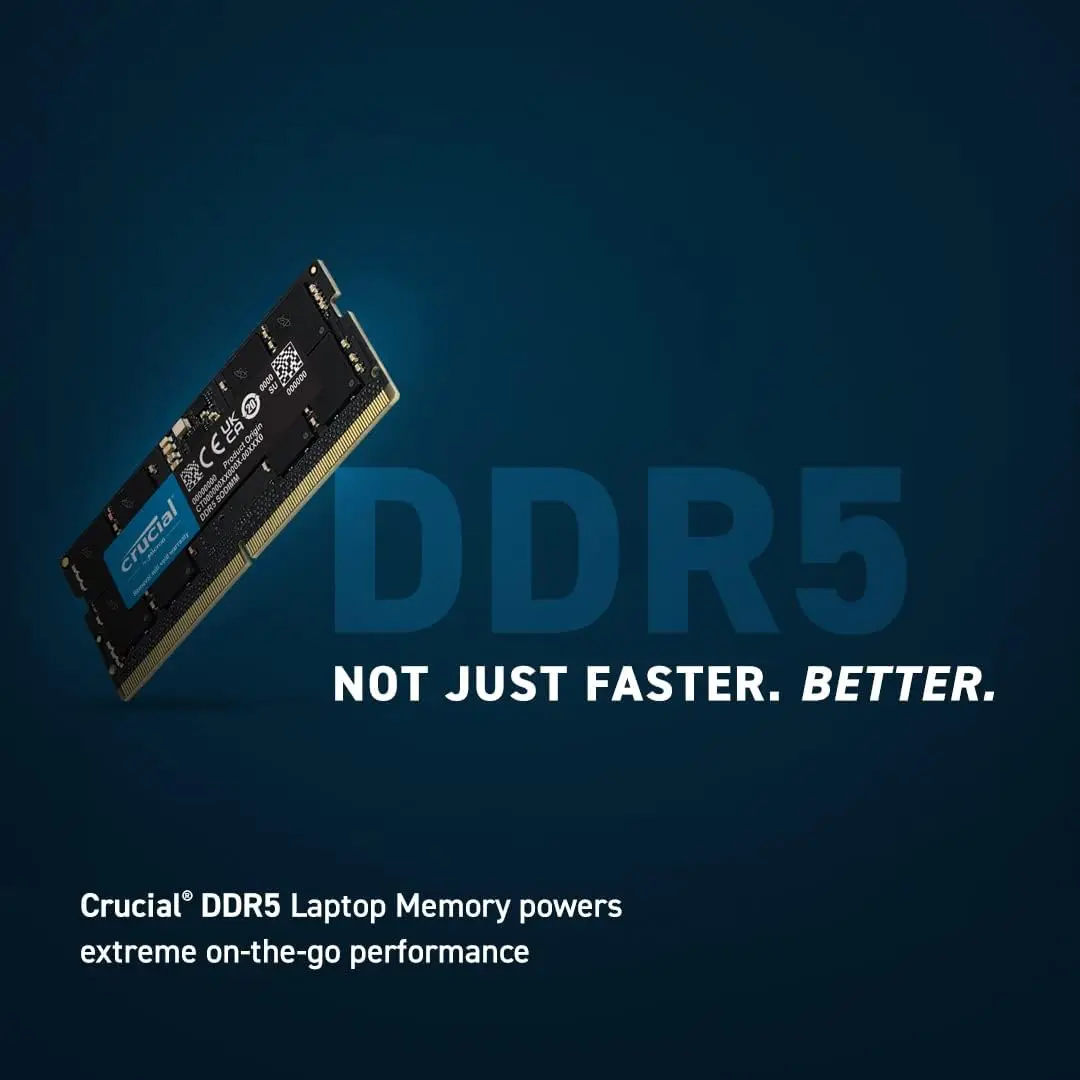
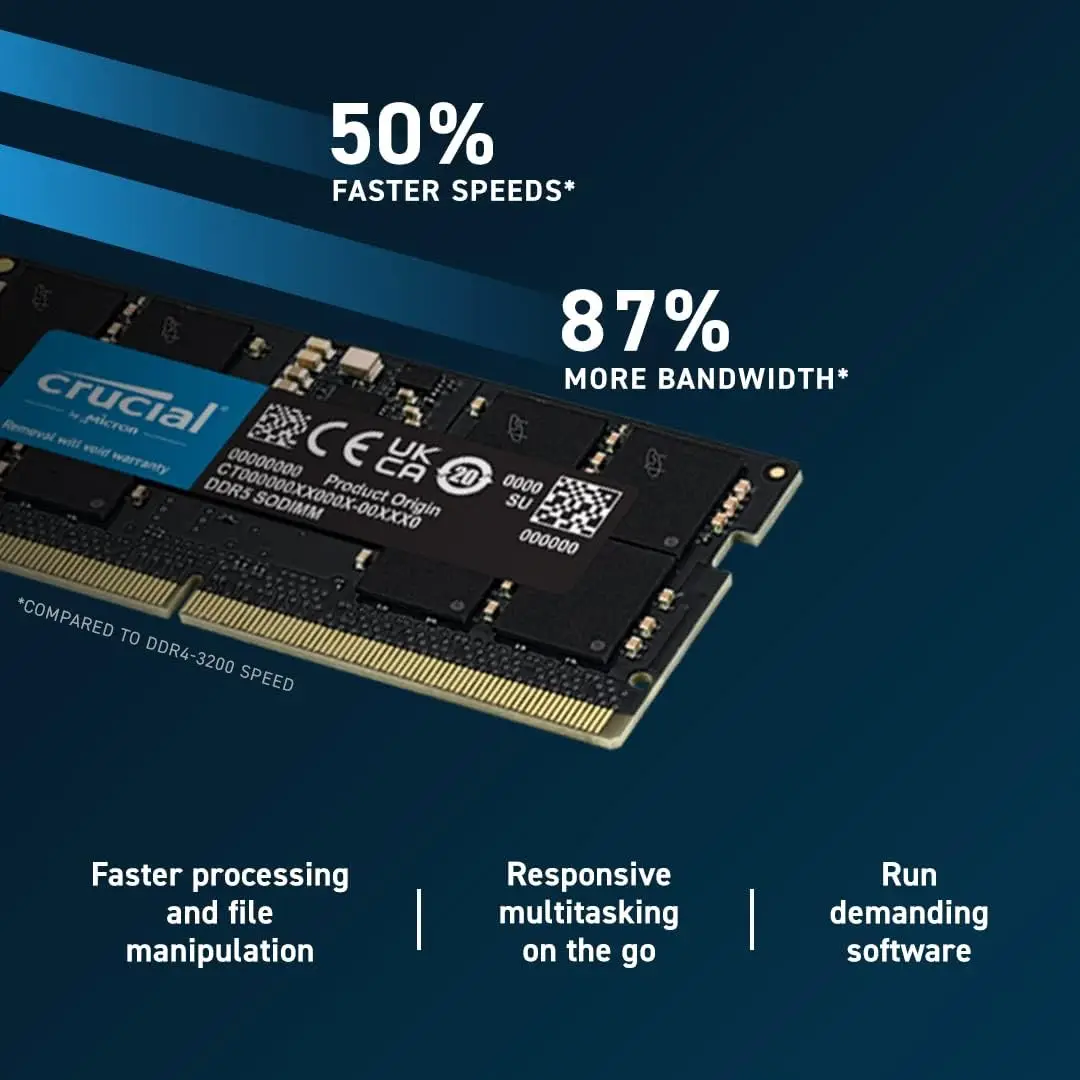
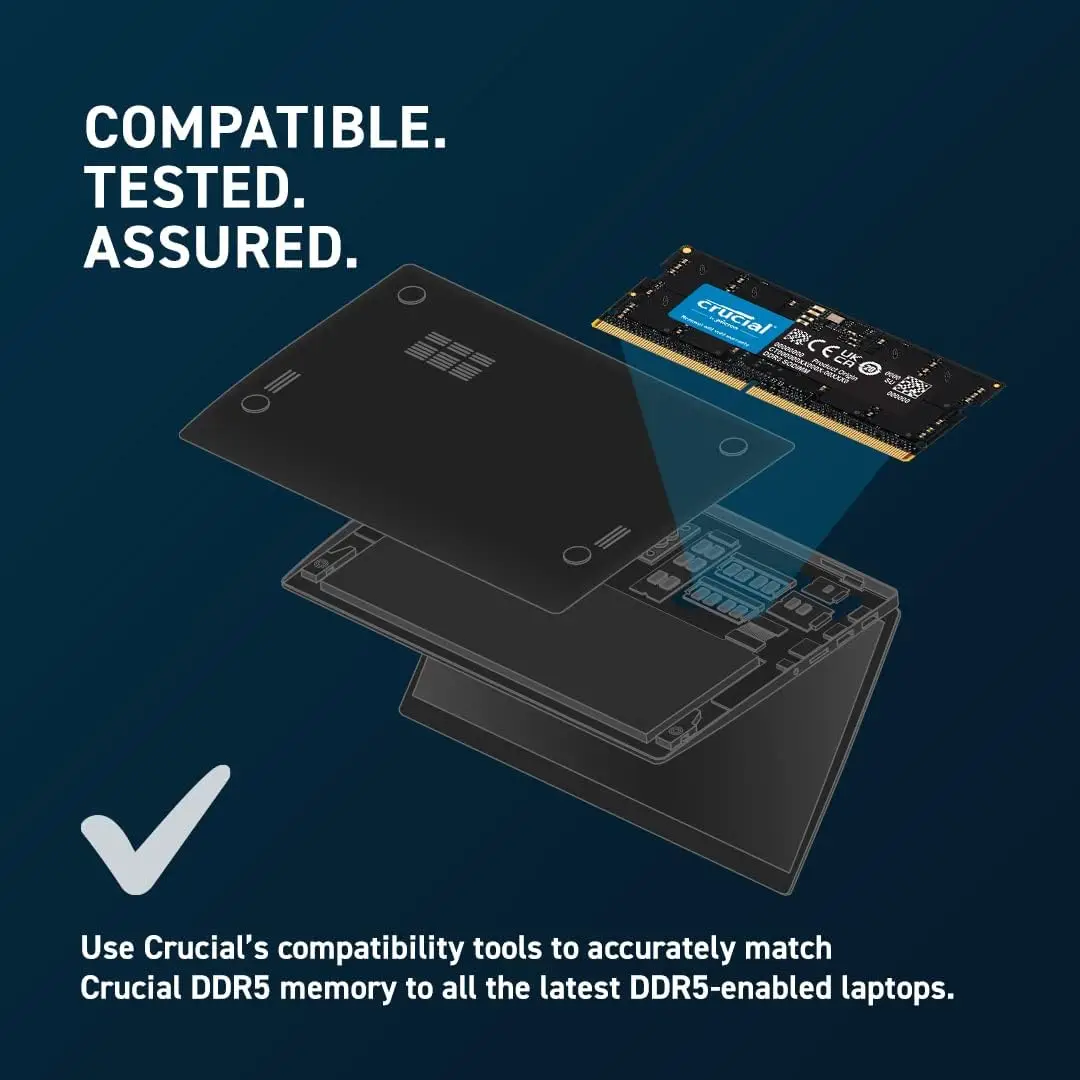
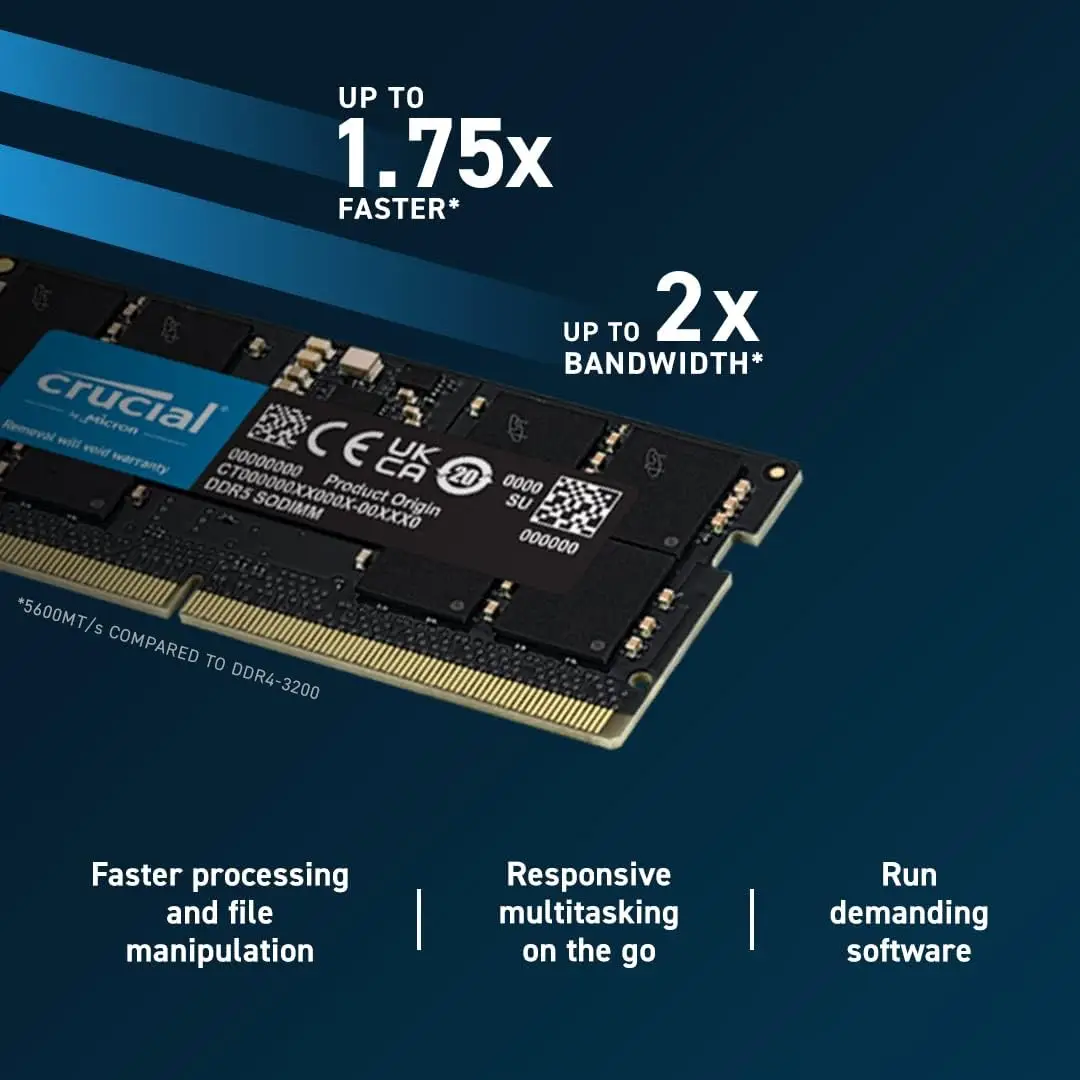
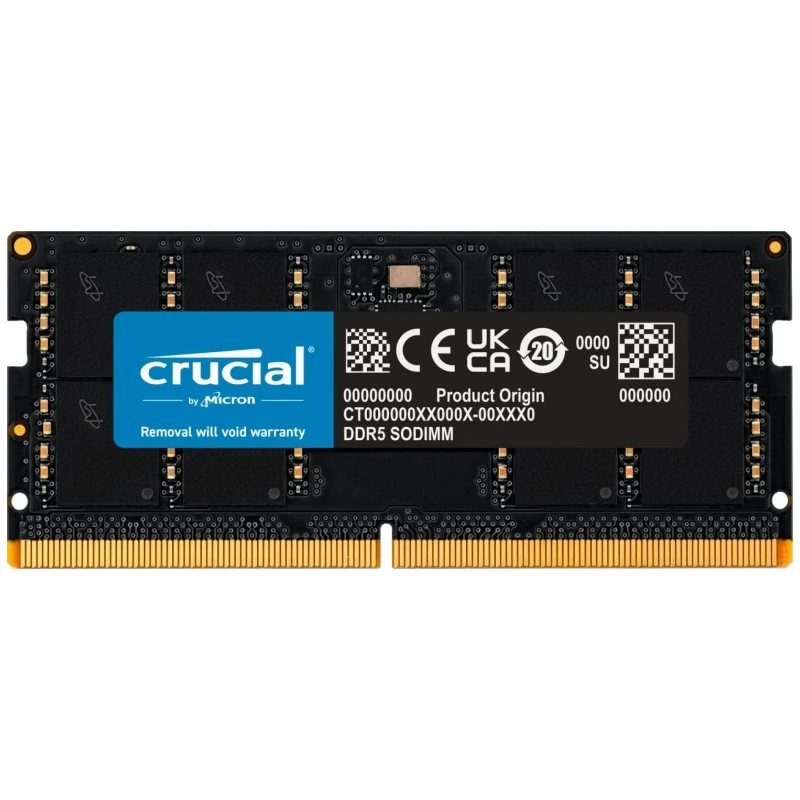





Reviews
There are no reviews yet.